Explore the Best AI Image Gallery

Beyond the Brush: How Wearable Tech is Redefining Artistic Creation
The art world has always been a realm of innovation, constantly pushing boundaries and exploring new mediums. Today, wearable technology stands at the forefront of this evolution, offering artists and creators unprecedented tools to express themselves and engage audiences in entirely novel ways.
From immersive augmented reality experiences to biofeedback-driven creations, wearable tech is blurring the lines between artist, artwork, and viewer.
Wearables as Creative Tools: A Spectrum of Possibilities
- Augmented Reality (AR) Glasses and Headsets: Immerse viewers in interactive environments where digital elements blend seamlessly with the physical world, transforming art into a multi-sensory experience.
- Haptic Suits: Allow artists to translate emotions, movements, or even music into tactile sensations, creating a shared physical experience between creator and audience.
- Biofeedback Sensors: Capture physiological data like heart rate, brainwaves, or skin conductivity, translating these real-time responses into dynamic artwork that evolves with the viewers emotions.
- Gesture-Controlled Interfaces: Empower artists to create with their bodies, using natural movements and gestures to sculpt digital forms, compose music, or paint with light.
The Ethical Dimensions of Wearable Art
While the potential of wearable tech in art is undeniably exciting, it also raises important ethical considerations:
- Data Privacy: How is personal biofeedback data collected and used? Who owns this information, and how can we ensure its responsible handling?
- Accessibility and Inclusivity: Can everyone access and participate in wearable art experiences? How do we design for diverse needs and abilities?
- Authenticity and Ownership: When artwork is co-created with technology, who is the true artist? How do we define authorship and ownership in this new paradigm?
Looking Ahead: The Future of Wearable Art
The fusion of wearable tech and artistic expression is still in its early stages, but the possibilities are vast. As technology continues to evolve, we can expect:
- More Immersive and Interactive Experiences:** VR/AR integration will create even deeper levels of engagement, blurring the lines between physical and digital realities.
- Personalized Art Creation: AI-powered tools will enable individuals to co-create art tailored to their preferences, emotions, and experiences.
- Wearable Communities: Connected devices will foster new forms of collaboration and artistic expression, allowing artists to share ideas, collaborate in real-time, and build communities around shared creative projects.
The canvas is expanding beyond traditional mediums. Wearable technology empowers us to interact with art in unprecedented ways, blurring the lines between creator, artwork, and audience. As we navigate this exciting frontier, its crucial to address ethical considerations and ensure that wearable art remains a tool for inclusivity, innovation, and artistic exploration.






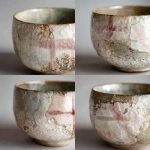
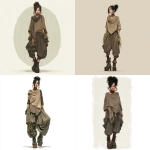





](https://images.ai-img.art/thumbnails/150/ec0cb0bee85af7229e33a02acb89441c1cf702d21b383b244148fbc0d36b85dc.webp)
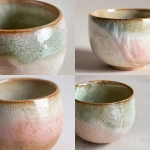





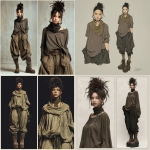
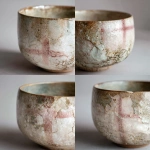
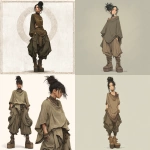



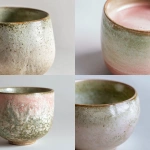



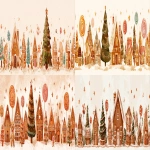





](https://images.ai-img.art/thumbnails/150/42d2d357bc68a8f707abfc29c35e7c9b5388d6559e4e2b94ba648cf0cf734bb1.webp)




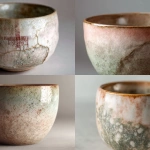
](https://images.ai-img.art/thumbnails/150/21e921e68d4754d45ff17adc76eeaabe152c41a580321a7ec899dcfdf935afca.webp)




](https://images.ai-img.art/thumbnails/150/a386b7328d9a450c8a0cafbdad5815eeb35b0177d0e8fa85f97cbaa5fee75954.webp)

